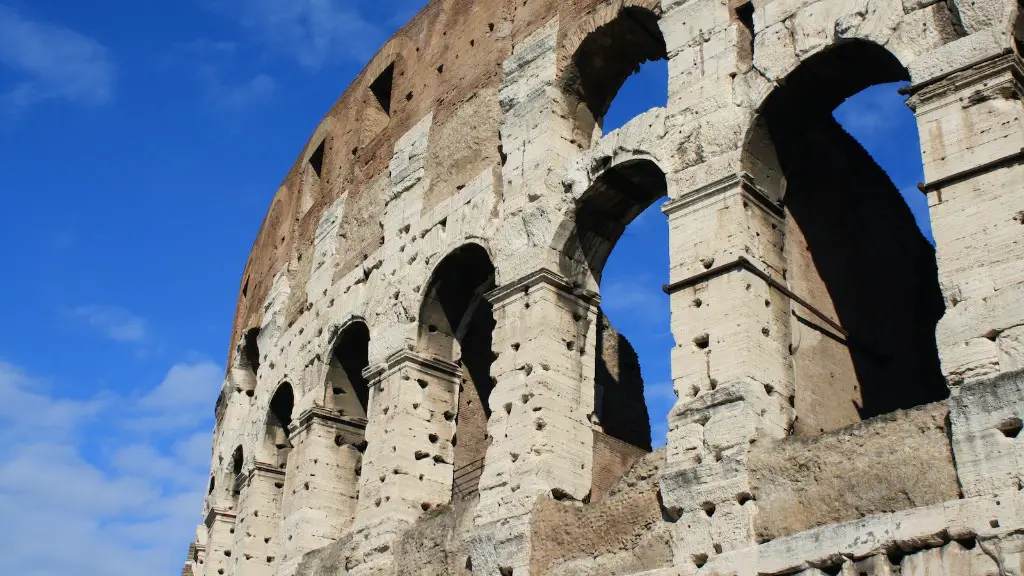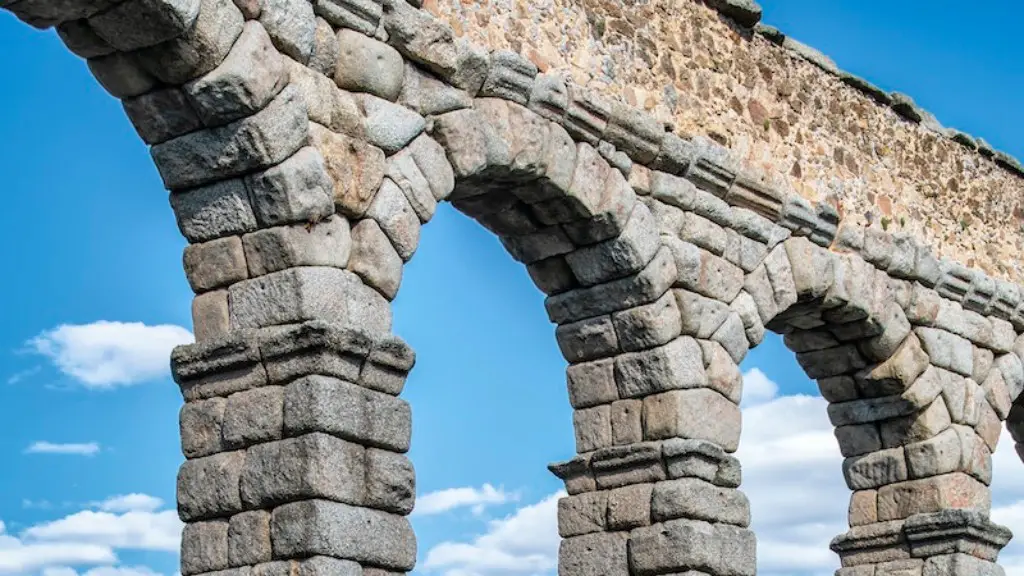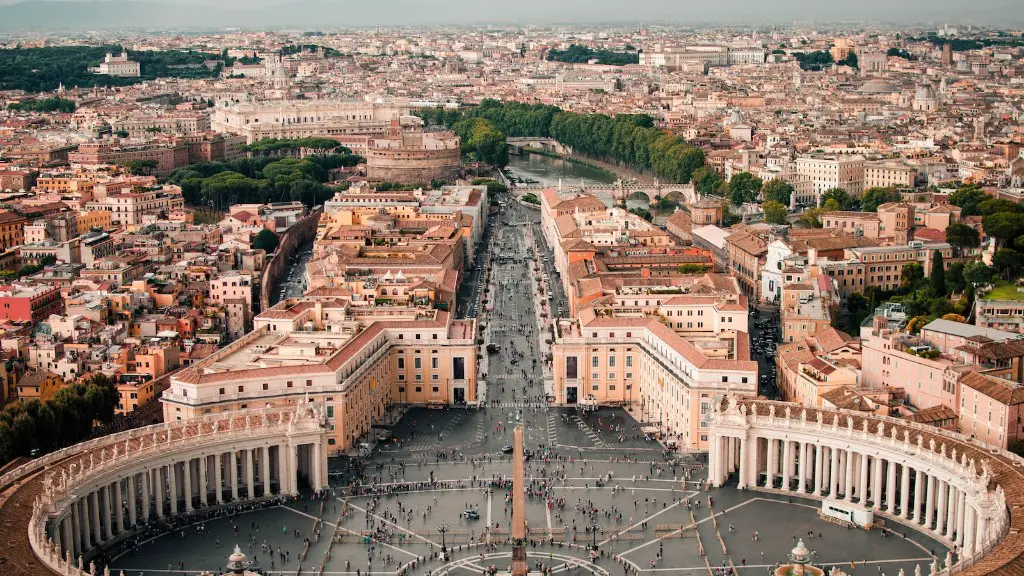The history of ancient Rome is often divided into three main periods: the Roman Republic (509–27 BC), the Roman Empire (27 BC–395 AD), and the Byzantine Empire (395–1453 AD). The fall of the Western Roman Empire in 476 AD is typically used as the marker for the end of the ancient period.
The ancient Roman civilization is one of the most well-known empires in history. The Roman Republic was founded in 509 BC by Romulus and Remus, two of the sons of Mars, the god of war. The Roman Empire was established in 27 BC by Augustus Caesar, the first emperor. The Roman Empire reached its height under Emperor Trajan, who ruled from 98-117 AD. By the end of the 4th century AD, the Roman Empire was in decline. In 476 AD, the last emperor was overthrown by the Germanic leader Odoacer. The Roman Empire was no more.
What are 7 reasons why Rome fell?
The Roman empire was one of the largest empires in history. At its peak, it controlled most of Europe, North Africa, and the Middle East. But it eventually fell, and there are many theories as to why.
The most commonly cited reasons are invasions by Barbarian tribes, economic troubles, overreliance on slave labor, overexpansion and military spending, and government corruption and political instability.
It’s likely that all of these factors played a role in the fall of Rome. In the end, the empire was simply too large and too complex to sustain itself.
Rome was never abandoned, despite its decline in the years leading up to the fall of the Western Roman Empire. The city was still quite populous, and though it had lost its status as capital, it remained an important center of trade and culture. In the centuries after the Empire fell, Rome continued to be a major center of European civilization, and today it is one of the most visited cities in the world.
What happened to the Roman Empire now
The Western Roman Empire finally collapsed in AD 476 with the fall of Ravenna to the Germanic Herulians and the deposition of Romulus Augustus by Odoacer. The Eastern Roman emperor Zeno formally abolished the Western Empire in AD 480.
The fall of Rome is a complex and multifaceted event with many causes. In 410, the Visigoths sacked Rome, and in 455, the Vandals sacked Rome. The final blow came in 476 when the last Roman emperor, Romulus Augustus, was forced to abdicate and the Germanic general Odoacer took control of the city. The main cause of Rome’s fall was the invasions by barbarian tribes. Other contributing factors were economic decline, political instability, and the weakening of the military.
Who has the biggest empire in history?
1) The British Empire was the largest empire the world has ever seen. The British Empire covered 1301 million square miles of land – more than 22% of the earth’s landmass. The empire had 458 million people in 1938 — more than 20% of the world’s population.
The dark ages in Europe were a result of the weakening of the Roman Empire due to multiple invasions by tribes like Goths, Vandals, Huns and others. The Roman Catholic Churches became powerful, superstitious and corrupted. Feudalism and feudal kings also rose to prominence.
What did Romans do to babies?
Infanticide, the killing of unwanted babies, was common throughout the Roman Empire and other parts of the ancient world, according to a new study.
The study, published in the journal PLOS ONE, analyzed the remains of infants and children from Roman cemeteries in Italy, England, and Turkey.
The researchers found that approximately 20% of the infants in the cemeteries had been killed by violence.
The study provides new evidence that infanticide was a common practice in the ancient world, and that it was not limited to any one culture or region.
The foundling wheel was a rotating wooden barrel that was used to store babies in the Middle Ages. The device was often located in a convent, and allowed mothers to anonymously abandon their unwanted offspring. The babies would then be raised by the church.
What are the 3 main reasons Rome fell
The fall of the Roman Empire was caused by a number of different factors, but historians typically point to three main reasons: political instability, economic and social problems, and a weakening of the frontier or border.
Political instability was caused by a number of factors, including the increasing power of the military, the divorcing of the military from the government, and the growing influence of outside forces such as barbarian tribes. Economic and social problems included a declining birthrate, increased poverty and inequality, and a breakdown of the traditional Roman social structure. Finally, the weakening of the frontier or border was caused by a number of factors, including the dismantling of the Roman road system, the declining number of soldiers available to defend the empire, and the growing number of barbarian invasions.
One of the many factors that contributed to the fall of the Roman Empire was the rise of a new religion, Christianity. The Christian religion, which was monotheistic ran counter to the traditional Roman religion, which was polytheistic (many gods). Christianity also preached equality among all people, regardless of social class, something that was very different from the Roman social hierarchy. As Christianity spread through the Roman Empire, more and more people began to adopt the new religion, and the old Roman religion began to decline. Eventually, Christianity became the dominant religion of the empire, and the Roman Empire fell.
How tall were the Romans?
A note on the average life expectancy of men in Ancient Rome:
The average life expectancy for men in Ancient Rome was around 40 years. This is significantly shorter than the average life expectancy of men today, which is around 70 years. Additionally, the average height of men in Ancient Rome was shorter than the average height of men today, at around 5’5″.
Latin is the language that was spoken by the ancient Romans. The Romans extended their empire throughout the Mediterranean, and the Latin language spread. By the time of Julius Caesar, Latin was spoken in Italy, France, and Spain.
What are the 2 main reasons Rome fell
Rome was one of the most powerful empires in the world for centuries. However, it eventually fell for a variety of reasons, including invasions by barbarian tribes, economic troubles, and overreliance on slave labor. Additionally, the rise of the Eastern Empire in the late third century put pressure on Rome, and overexpansion and military overspending led to further problems. Finally, government corruption and political instability contributed to the empire’s downfall.
The Byzantine Empire was the eastern continuation of the Roman Empire after the Western Roman Empire’s fall in the fifth century CE. It lasted from the fall of the Roman Empire until the Ottoman conquest in 1453. The Byzantine Empire was characterized by its Christian faith and by the Greek culture and language that it preserved even after the fall of Rome. It was a major center of trade and learning, and its people made significant contributions to art, literature, and science.
Who replaced the Roman Empire when it fell?
The most enduring and significant claimants of continuation of the Roman Empire have been, in the East, the Ottoman Empire and Russian Empire which both claimed succession of the Byzantine Empire after 1453; and in the West, the Holy Roman Empire from 800 to 1806. The Ottoman Empire ended in 1922 with the Republic of Turkey being established in its place, while the Russian Empire ceased to exist in 1917 with the USSR taking its place. The Holy Roman Empire came to an end in 1806 with Napoleon Bonaparte being crowned as the Emperor of the French.
The British Empire was the largest empire in human history. At its peak in 1920, it covered an astonishing 1371 million square miles – that’s close to a quarter of the world’s land area. In 1913, 412 million people lived under the control of the British Empire, 23 percent of the world’s population at that time.
Final Words
The Roman Republic was founded in 509 BCE, and eventually grew to become one of the largest and most powerful empires in history. However, the Roman Empire ultimately fell due to a number of factors, including internal strife, economic decline, and invasions from barbarian tribes.
In conclusion, the Roman Republic was eventually replaced by the Roman Empire, which led to the decline and fall of the Western Roman Empire. There are many theories about what caused the decline and fall of the empire, but most historians agree that it was a combination of internal and external factors.





